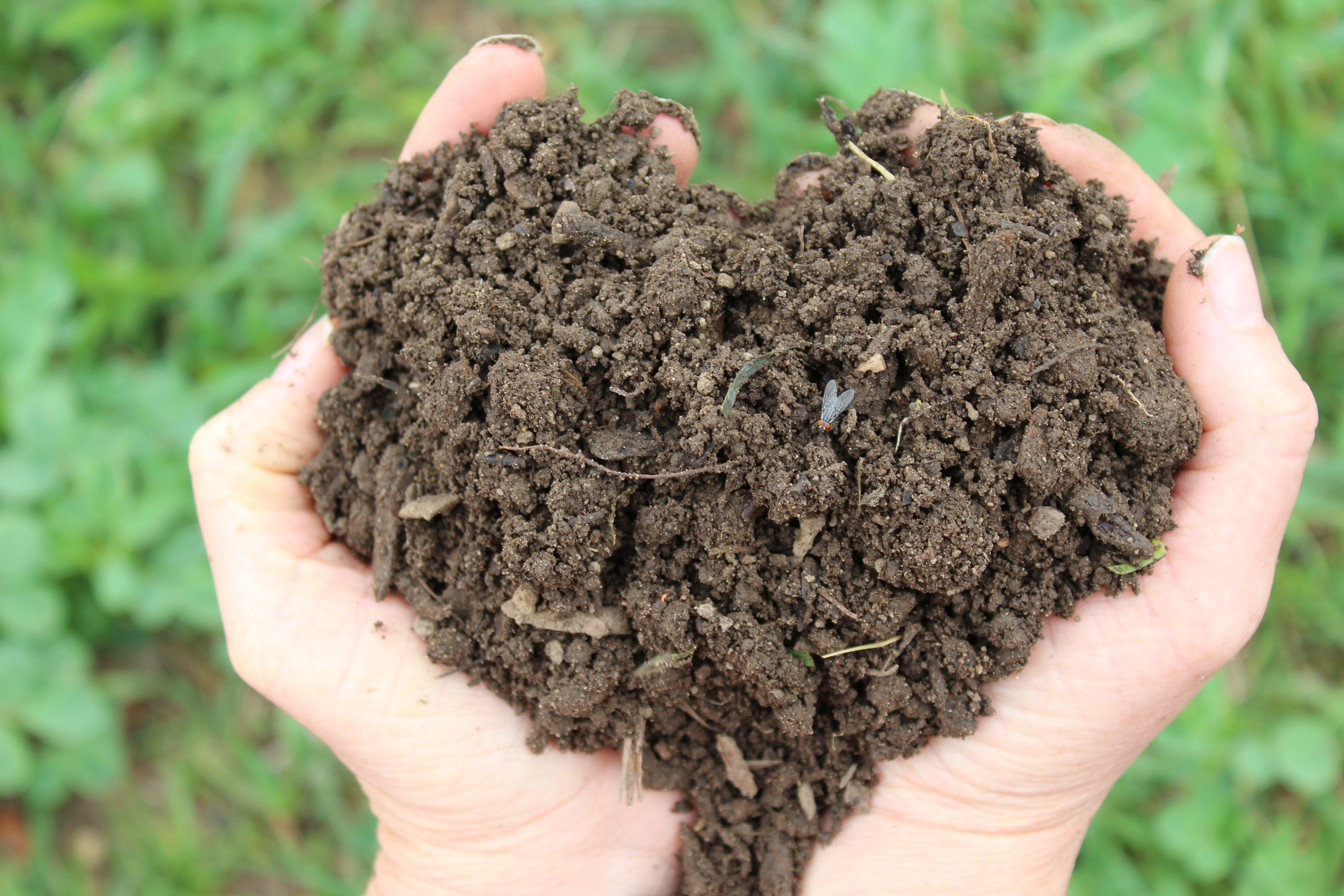

I would think alfalfa pellets would be too slow to save your current veggies. If you're hoping to go organic, you'll have to ask for advice from those more experienced than me. (I used 20-20-20 Miracle Grow sprayed on through a hose-end sprayer once a week.) However, that said, I also learned that, due to the extreme growth of tomatoes in Houston's weather, it's quite essential to fertilize regularly. It seems that the decomposing organisms in "green" compost actually use nitrogen in the soil and prevent plants from accessing this vital nutrient for growth and development.Īfter a couple of veggie planting seasons, all was well and that garden performed magnificently for me. Various theories by Gardenwebbers were proposed for my situation, but the most consistent explanation was that the compost in the mix was "green" (i.e. I purchased a bag of ammonium nitrate from our local farm store, began side dressing, and everything became a lot happier. After sending a sample for testing off to TAMU, the only obvious thing missing was nitrogen. I had the same problem a few years ago when we filled my raised veggie bed with a local company's garden soil mix. Much more on the topic here (click link).
LIVING EARTH SOIL HOW TO
It's not that difficult, but you first need to know how to keep the root system happy, because a healthy plant w/o a healthy root system is just a dream. Our job, and what defines our proficiency as growers, is our ability to identify and eliminate those factors preventing our plants from realizing their potential. Your plants already have what it takes to be spectacular specimens. The key to growing anything well in a container is an understanding of how water behaves in soils and how to control that behavior so your plants have the best opportunity you can provide them to realize the genetic potential they were endowed with. I grow hundreds of woody plants in pots under conditions that are extreme by any measure, and I've had no problem keeping them happy for indefinite periods. Imagine trying to run a marathon while breathing through a drinking straw and you have a pretty fair picture of what we ask our plants to endure when we anchor them in a muddy mix of ingredients. Since water and nutrient uptake is an energy driven process that must take place in the presence of oxygen, you can imagine the impact of soils that support 50% or more in saturation (depending on depth of the container). Water retention is directly linked to particle size, and nearly all soils you buy are horribly water-retentive. Then back-fill and plant.It's not likely you'll find an appropriate soil in a bag from a nursery or greenhouse because nearly all commercially prepared soils for retail are based on fine particulates like peat, compost, coir, composted forest products, sand.

This mix has a neutral pH, which helps the veggies to grow.Įxcavate existing soil or build a raised bed.

Note: There are numerous factors in vegetable plant production beyond the control of the soil, so we give no warranty or guarantee that any mix will give you a green thumb.Ĭommonly used to create or supplement vegetable gardens, although it can be used for a wide variety of purposes and with general landscape plants. Please read the Vegetable Gardening Best Practices document, and view the 4-year vegetable garden timeline. Click HERE to view SBS' test veggie garden to see what this mix is capable of. When using this mix on the surface, ensure plants have adaquate moisture but an excessive amount that would flush nutrients through. This well draining organic soil mix is designed for beds that exceed one foot in depth, to help ensure water doesn't create problems in the lowest sections of the bed.


 0 kommentar(er)
0 kommentar(er)
